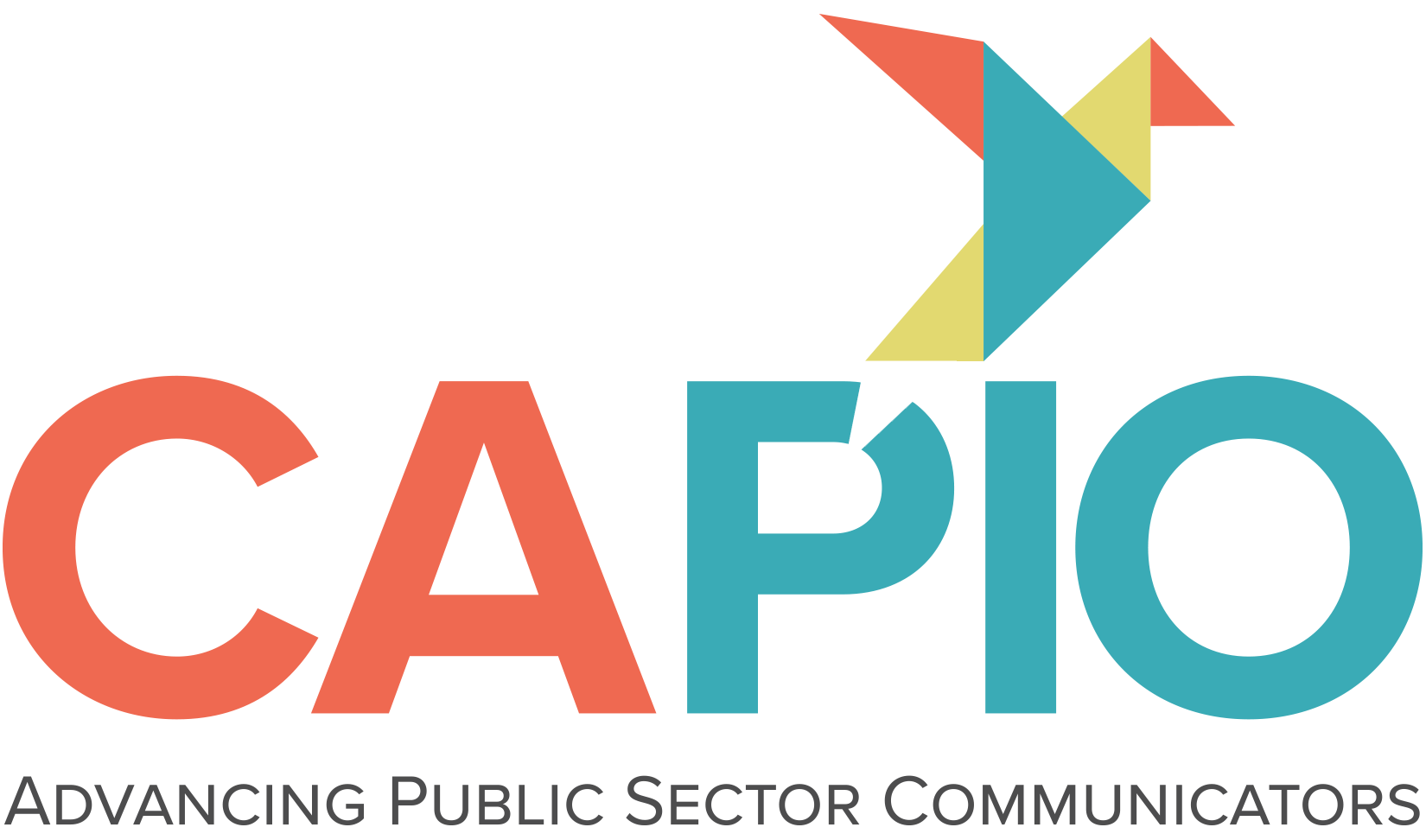COVID-19 trend takeaways for the public communicator
“It ain’t over now ‘cuz when the going gets tough, the tough get going.” John Belushi’s wise words in Animal House have new meaning for public agency communicators during a long-term crisis.
The COVID-19 pandemic has stressed us in unimaginable ways, but we’ll all be better communicators in the weeks ahead if we keep a few things in mind.
Crisis communications principles apply now. You’ve no doubt found your usual workflow turned upside down. You may be looked at in a new way as you help guide your agency through this period, and it may help to focus on a few guiding principles: over-communicate, show empathy, be flexible, and be available. Communication may not always be perfect, but it should be frequent and show you understand what your audiences are going through.
You’ll be in crisis mode for a while. Pace yourself and your team for the long haul. Communications specialists, such as those tasked with video production, social media, and visual design will be stretched thin and will work much longer hours. If your Emergency Operations Center or Joint Information Center is open, consider long-term staffing needs.
A team approach helps. While many of us think we can do it all (and often have to!), crisis communication will always benefit from a team that meets often, represents a cross-section of your agency, and is encouraged to share advice and opinions. This is a great opportunity to knock down org-chart barriers and assemble a group that you can count on.
Your messages should be unique to your organization…and short. Your audiences are overloaded with similar messages (keep your distance, wash your hands, etc.) and repeating them in your agency communication isn’t the best use of limited attention spans. Focus on what your agency is doing to adapt quickly, how it’s being creative, what facilities may still be enjoyed, and other messages that no one else is delivering. And remember that already-decimated attention spans require concise, visually-focused communication: fewer words, more video and use of pictures/graphics.
Prepare for a secondary impact: budget. Things are ugly now and the health-related news will become worse. It’s going to get even more dire when budget hits to sales, TOT, and other sources become clear. Your agency will likely need to defer important projects, reduce staff, cut operating hours, dip into reserves, or close facilities – which all add up to more angst among those you serve and those you serve with. Have a discussion with your finance team now so that you can anticipate where things are headed and begin mapping out your communication strategies.
Other news is also important. COVID-19 dominates the news, but other agency information may need some focus, too. Ensure that key staff promotions, capital improvement milestones, and other stories are communicated to your audiences. They may get more traction than normal since we’re all looking for a break from nonstop virus news.
Presentation skills are essential. While many of us became nominally-proficient using Zoom in a hurry, there are many presentation best practices to consider when telling your agency’s story in a remote format. How easy is it to read your PowerPoints on a 5-inch phone screen? Can your audiences see and hear presenters? Are you mindful that facial expressions are now full-screen and always on? Consider training to help your policy and staff leaders communicate in a vastly different environment that will be the new normal for a while.
Monitor other agencies for story ideas. Public agencies have been amazingly adept at adapting on the fly, and reporters are always looking for local angles. If something arises in another agency that undermines public confidence, think about what you’re doing to prevent it – and then pitch the story to local media. Also keep an eye on creative efforts by similar agencies and see if they make sense for your organization.
Other crises can hit, even while you’re handling the current one. With many staff working from home, cybersecurity takes on added importance. Talk with your IT team about how you can craft an internal communications program that keeps everyone cyber-safe, including email hygiene, home computer security, and hack-free video conference calls. Other issues, such as public comment opportunities in an era of electronic meetings, may become prominent as the initial shock of the crisis subsides and watchdogs begin to probe expenditures, staffing, and other related issues.
Virtual meetings may stick around. Why not? Employees might find that productivity does go up if they can work remotely and those you serve may find that commenting from home by phone or via email should be the norm. For virtual meetings of your elected or appointed officials, think about promoting a specific agenda item rather than just the meeting itself. It’s the topic that’s important.
You can never over communicate during a crisis. Communications managers lose sleep over one main, nagging question: are we reaching everyone we serve with the information they need? If they don’t get a traditional newspaper, don’t watch local television, don’t get on the website and aren’t on social media – like a young single parent or worker with two jobs – we may not be reaching them.
Remember your staff. Staff fears about health, finances, and job security is high, and you must ensure that your team hears agency news directly from your leader, not through rumor or the media. Strategic internal communication is frequently missing in local government, and you can seize this opportunity to highlight staff agility, “going above and beyond” stories, finance/budget briefings, and other news that provides your staff with an accurate and timely overview of your agency’s efforts.
This is new ground for many of us, and we’ve seen numerous examples of stellar local agency communication in the midst of an unprecedented crisis. We’re being tested like never before, but – as we’ve done all too often in the past few years – we’ll learn from this, communicate in new and creative ways, and emerge even stronger.
SAE Communications provides crisis and strategic communications counsel, media and presentation training, and joint information center management for public agencies.
